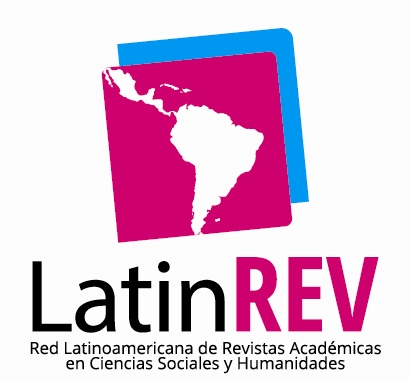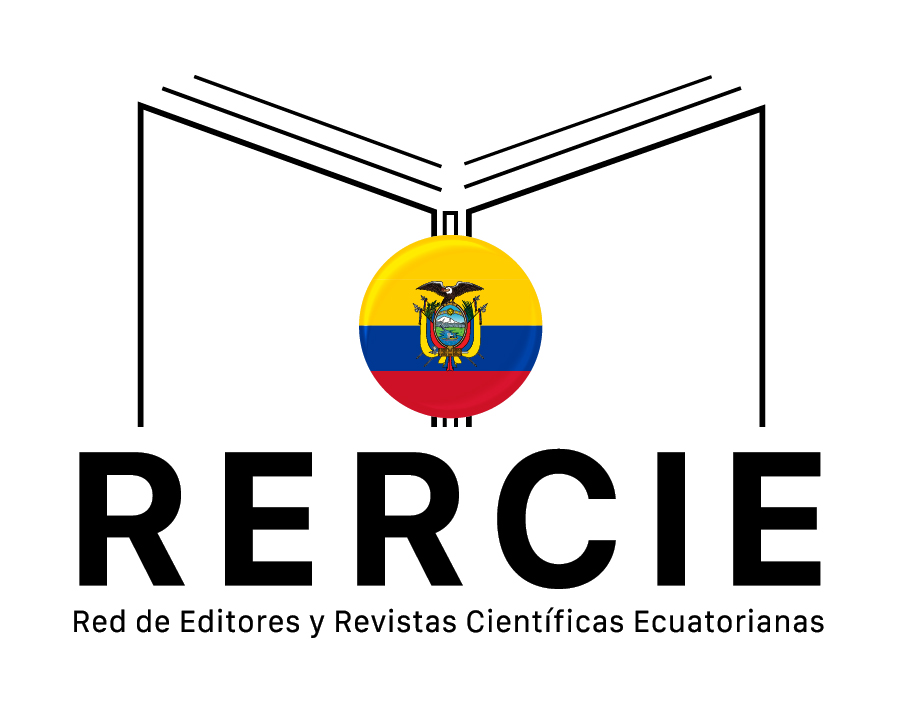Oncological diseases in the family environment: a view from the systemic model
Keywords:
Family environment, oncological disease, cancer, patient, family, vulnerabilityAbstract
The study that is presented presents an analysis of the presence of oncological diseases and their main problems within the family dynamics resulting from the very nature of this disease, the approach was developed from the systemic model. The proposed objective was to determine the impact that oncological diseases produce in the family environment of patients who attended the Comprehensive Support Center for Cancer Patients and the Foundation for the Service of the Cancer Patient "FASEC" in the city of Cuenca, Ecuador. The methodology was quantitative, with the use of the deductive process through which statistical data was obtained that later allowed an analysis to be carried out, establishing specific characteristics from the general to the particular. The collection of information was carried out through a structured survey that was applied to both patients and relatives who attended the aforementioned centers. The description of the impact on family dynamics is the greatest finding to be presented, since a high rate of patients abandon their work activities due to suffering from an oncological disease presented in their body. It is important to mention that most of the patients come from other provinces to receive care in the city of Cuenca, since most of them are derived from other Public Health Institutions, however, most of them attend the consultations alone, according to the results obtained, it is due to the costs of mobilization and the activities carried out by their relatives, even because they have had to choose to be heads of household.
Keywords: Family environment, oncological disease, cancer, patient, family, vulnerability.
RESUMEN:
El estudio que se presenta, expone un análisis de la presencia de enfermedades oncológicas y sus principales problemas dentro de la dinámica familiar consecuentes de la naturaleza misma de esta enfermedad, el abordaje de desarrolló desde el modelo sistémico. El objetivo planteado fue determinar el impacto que producen las enfermedades oncológicas en el entorno familiar de pacientes que acudieron al Centro de Apoyo Integral para Pacientes con Cáncer y la Fundación al Servicio del Enfermo con Cáncer “FASEC” de la ciudad de Cuenca, Ecuador. La metodología fue de tipo cuantitativo, con la utilización del proceso deductivo mediante el cual se obtuvo datos estadísticos que permitieron posteriormente realizar un análisis estableciendo características específicas de lo general a lo particular. La recolección de la información fue realizada a través de una encuesta estructurada que se aplicó tanto a los pacientes como a los familiares que acudieron a los centros. La descripción del impacto en la dinámica familiar es el mayor hallazgo a presentarse, puesto que, un alto índice de pacientes abandonan sus actividades laborales a causa del padecimiento de alguna enfermedad oncológica presentada en su organismo. Es importante mencionar que la mayoría de los pacientes provienen desde otras provincias para recibir atención en la ciudad de Cuenca ya que en su mayoría son derivados de otras Instituciones de Salud Pública, sin embargo, la mayor parte de ellos acuden solos a las consultas, según los resultados obtenidos se debe a los gastos de movilización y las actividades que realizan sus familiares inclusive porque han tenido que optar por ser jefes de hogar.
Palabras Clave: Entorno familiar, enfermedad oncológica, cáncer, paciente, familia, vulnerabilidad.
Recibido: 05 de octubre de 2021; Aceptado: 27 de diciembre de 2021; Publicado: 07 de enero de 2022.
Downloads
References
Constitution of the Republic of Ecuador. (2008). Constitution of the Republic of Ecuador. Montecristi: National Assembly. Obtenido de https://www.asambleanacional.gob.ec/sites/default/files/documents/old/constitucion_de_bolsillo.pdf
Gomez Sancho, M., & Ojeda Martín, M. (2014). Palliative care: symptom control. Montevideo Uruguay.
Gómez Sancho, M., & Ojeda Martín, M. (2014). Palliative care: symptom control (Séptima ed.). Montevideo Uruguay.
Ministry of Public Health. (2012). Obtenido de https://www.todaunavida.gob.ec/wp-content/uploads/downloads/2015/04/SALUD-LEY_ORGANICA_DE_SALUD.pdf
Ministry of Public Health. (2017). Retrieved from https://aplicaciones.msp.gob.ec: https://aplicaciones.msp.gob.ec/salud/archivosdigitales/documentosDirecciones/dnn/archivos/ac_0059_2017.pdf
National Cancer Institute. (2015). Retrieved from https://www.cancer.gov/espanol/tipos/seno/paciente/tratamiento-seno-pdq
Puello Scarpati, M., Silva Pertuz, M., & Silva Silva, A. (2014). Limits, rules, communication in a single parent family with teenage children. Scielo, 230-231.
Rodríguez Rodríguez, N. Y., Ruiz Valdés, Y., & Carvajal Herrera, A. (2007). Knowledge about palliative care of relatives of cancer patients. Scielo.
Rodríguez, F. (2016). Meanings of palliative care for the family of the cancer patient. 9.
Royal Spanish Academy. (2014). Spanish language dictionary. Royal Spanish Academy.
World Health Organization. (2018). Retrieved from https://gco.iarc.fr/today/online-analysis-pie?v=2018&mode=cancer&mode_population=continents&population=900&populations=900&key=total&sex=0&cancer=39&type=0&statistic=5&prevalence=0&population_group=0&ages_group%5B%5D=0&ages_group%5B%5D=17&nb_items=7&group
Published
How to Cite
Issue
Section
License
Copyright (c) 2022 Revista Científica y Arbitrada de Ciencias Sociales y Trabajo Social: Tejedora. ISSN: 2697-3626

This work is licensed under a Creative Commons Attribution-NonCommercial-ShareAlike 4.0 International License.






















